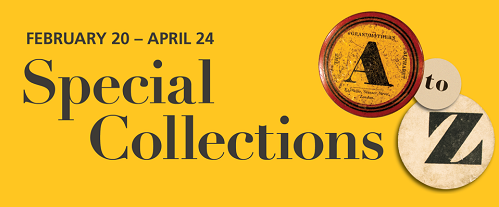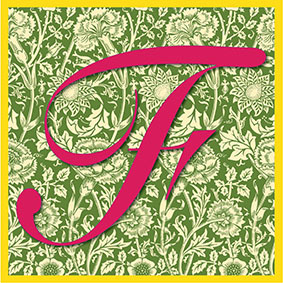F is for flowers
In the Victorian era, popular interest in botany was sparked by the increased availability and variety of flowers imported from Turkey and across the British Empire.
Part hobby, part science, botanical illustration flourished. Floral dictionaries assigned symbolic meanings to each species.
The library has a collection of British and Canadian botanical studies and illustrations from this era.
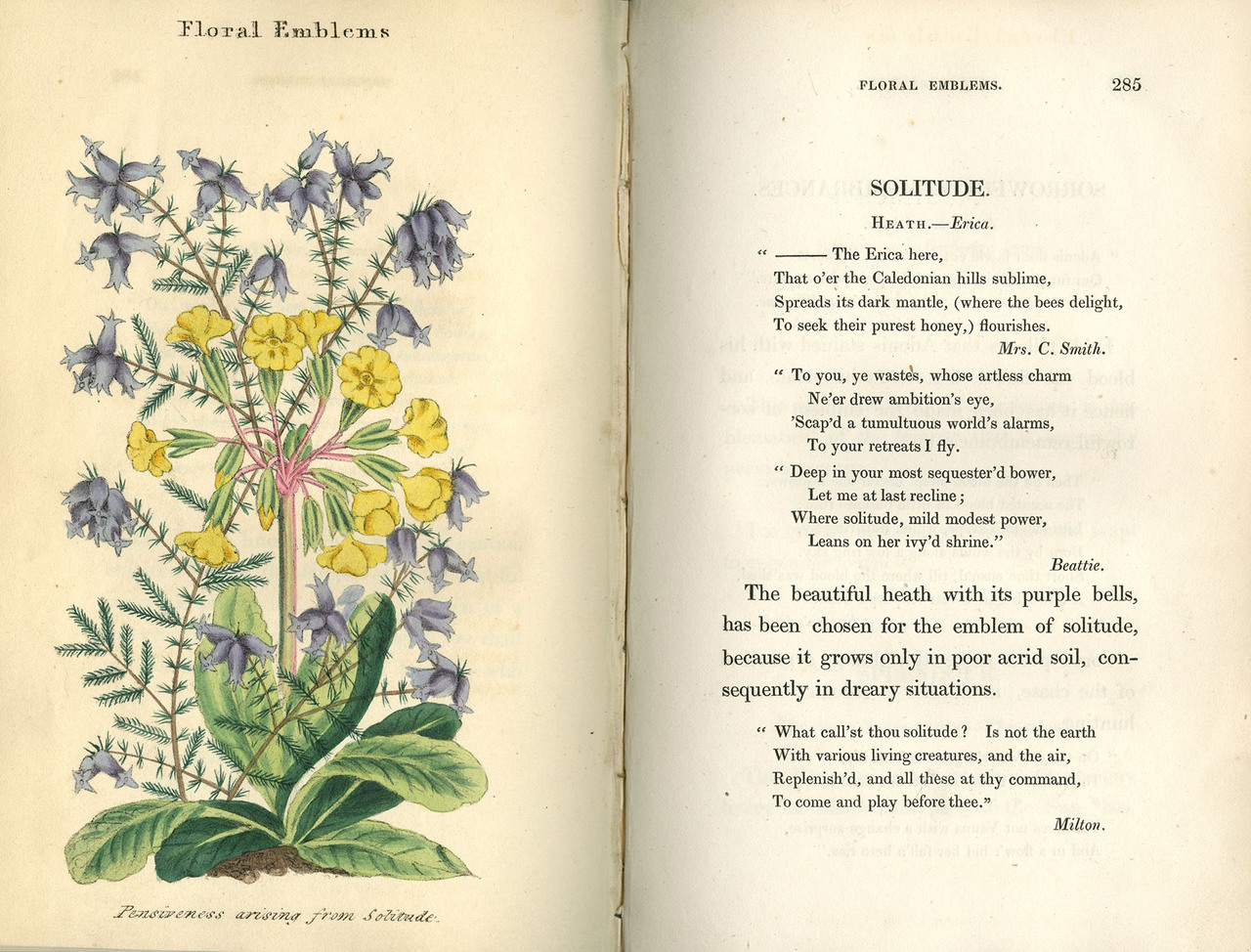
Pensiveness arising from solitude
From Floral Emblems
Phillips, Henry, 1775-1838
London: Saunders & Otley, 1825
Special Collections in the Arts
According to Henry Phillips, the bowed blooms of the yellow cowslip (Primula veris) are symbolic of the pensiveness associated with melancholy love.
Heath (Erica), with its purple blooms, is described as an emblem of solitude.
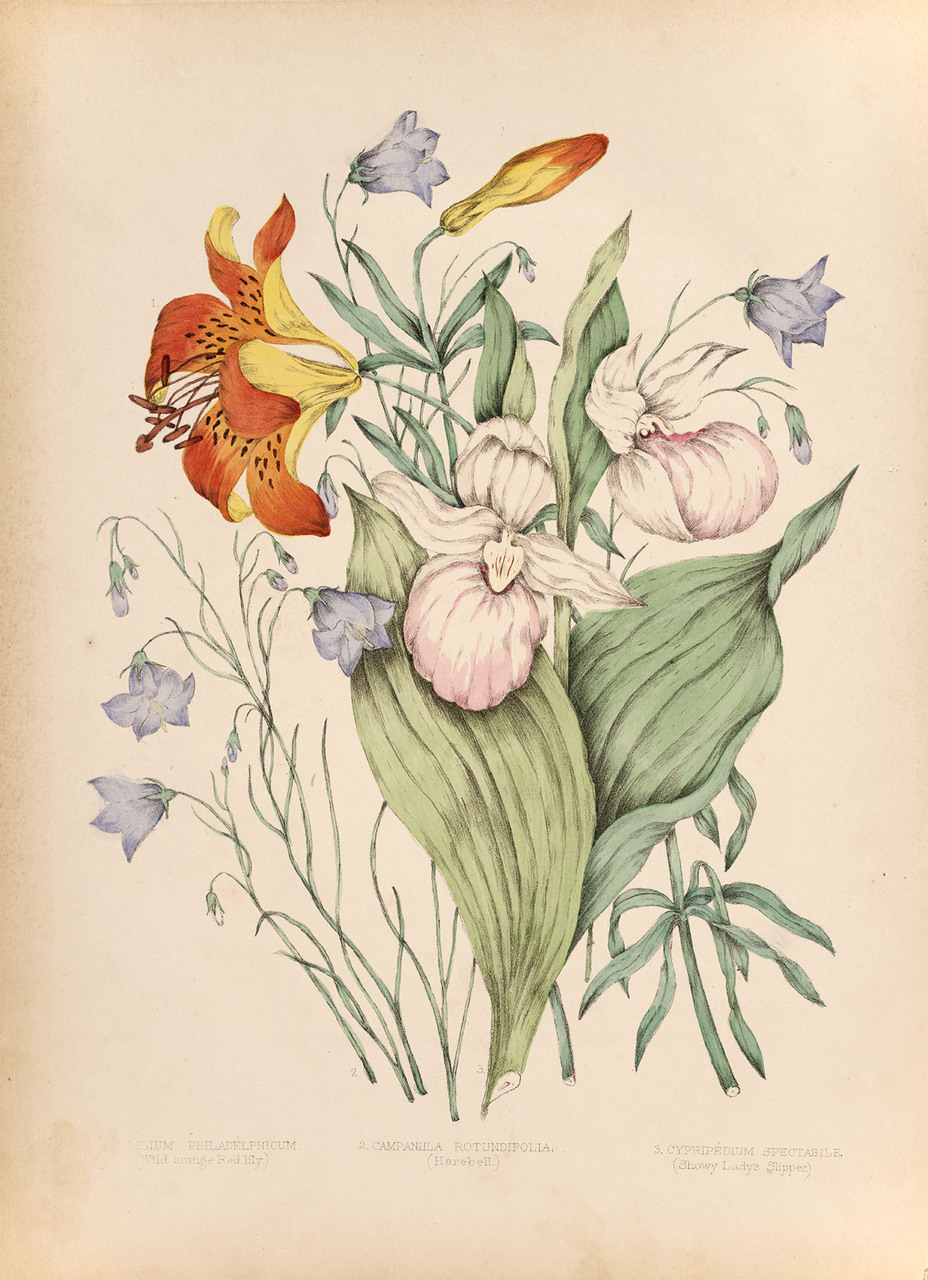
Wild orange red lily (Lilium philadelphicum), blue Canadian harebell (Campánula rotundifòlia) and white Lady's slipper (Cypripèdium spectàbile) (Plate VI)
From Canadian Wild Flowers
Agnes Dunbar Moodie Fitzgibbon, 1833-1913
Montreal: John Lovell, 1868
Special Collections in the Arts
Agnes Fitzgibbon and her aunt, Catherine Parr Traill, joined forces to produce a totally Canadian collection of botanical illustrations.
The book was instantly popular and became the standard botanical study for Canadian wildflowers.
You can read this book online or download it from out Digital Archive.
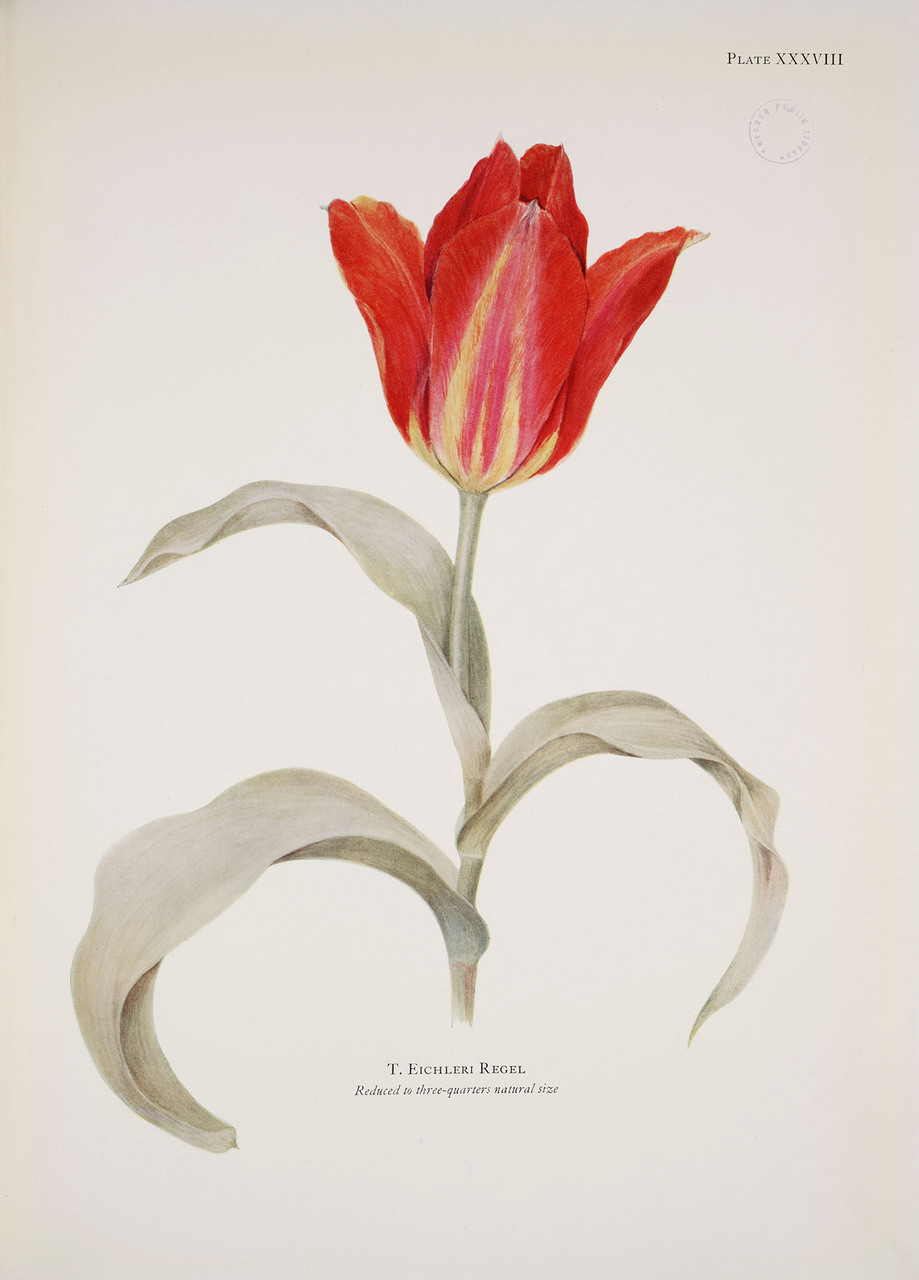
T. Eichleri Regel (Plate XXXVIII)
From Notes on Tulip Species
William Rickatson Dykes, 1877-1925
London: Herbert Jenkins, ca. 1930
Special Collections in the Arts
William Rickatson Dykes was an amateur botanist who became an authority on irises and tulips. He planted over 30,000 tulip bulbs in his garden, recording careful observations about the plants.
His wife, Elsie Katherine Dykes, sketched watercolours of each species. Her drawings illustrated this seminal monograph on tulips.
Explore more!
Discover more in our past virtual exhibit: Garden City: Public and Private Gardens in Early Toronto or by searching our Digital Archive.
